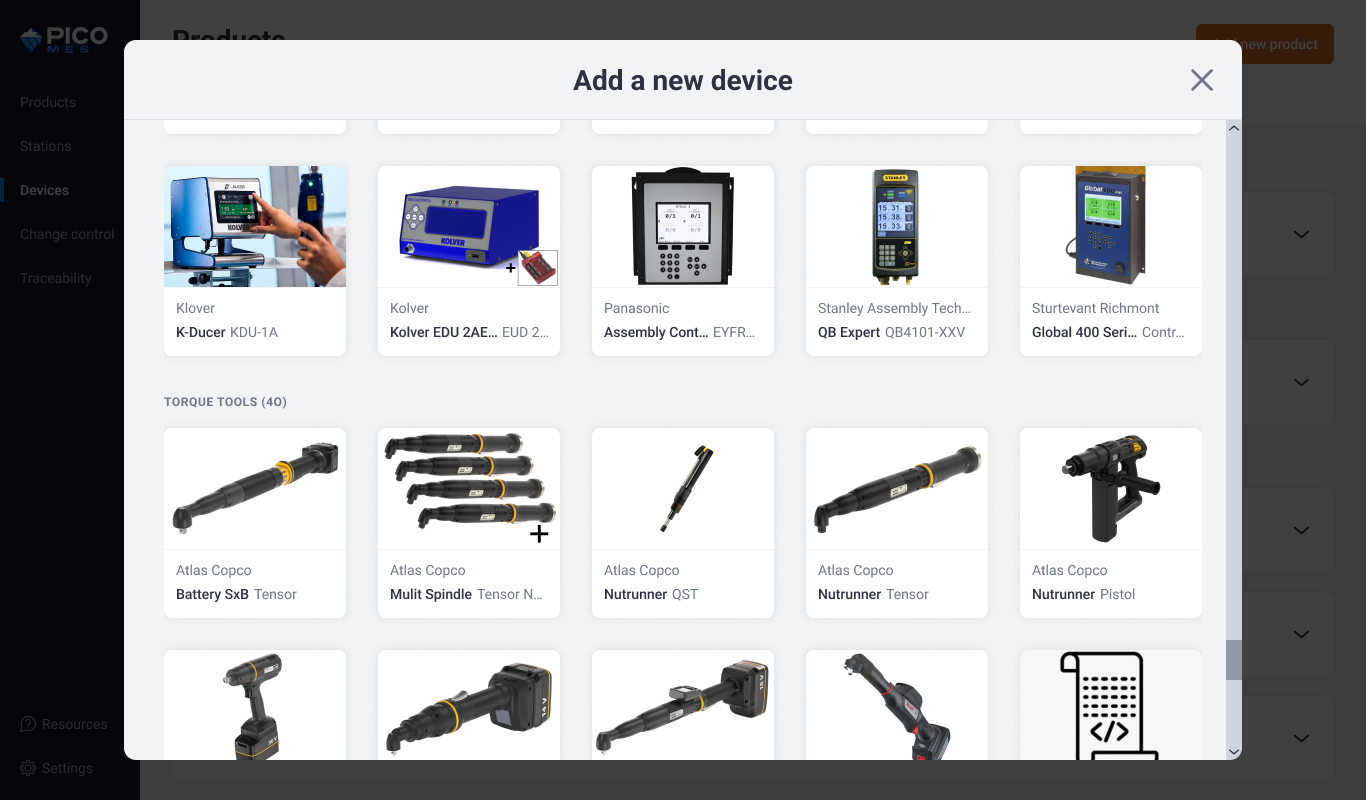#{ item.name }
#{ truncateText(item.metadescription) }
Many of the most common mistakes in hardware development happen not during R&D or CAD design, but on the shop floor. That’s where people, tools, and instructions meet—and where process discipline makes or breaks product quality.
That’s why failure stories are so common, even with the most promising hardware startups. Think back to Jawbone, once a shining leader in Bluetooth and wearable tech. Despite robust funding (valuation exceeded $3B at its peak) and sleek, appealing designs, the company collapsed, undermined by quality issues and repeated product failures. When it comes to hardware product development, the end product can't be as easily fixed as software.
Jawbone’s story, and many others, are reminders that even the best designs can fail when quality control in manufacturing slips through the cracks. In this article, we’ll share five strategies for error-proofing manufacturing and reducing costly mistakes during hardware product development.
.png?width=600&height=300&name=Industrial%20Applications%20Error-proof%20(600%20x%20300%20px).png) Whether you're building washing machines, EV chargers, 3D printers or chicken fryers, hardware product development is full of challenges, especially on the shop floor.
Whether you're building washing machines, EV chargers, 3D printers or chicken fryers, hardware product development is full of challenges, especially on the shop floor.
Quality input leads to quality output. If your team relies on outdated Excel-based instructions or a Bill of Materials (BOM) that has undergone too many manual updates, the chances of building to spec are low.
Consider a scenario where someone accidentally deletes a critical line from a BOM. Without version control, your team loses valuable time figuring out what changed or must pause production until the previous user becomes available to clarify.
Version control eliminates these disruptions by allowing you to revert to an earlier version within minutes. Better yet, you can prevent such errors entirely by restricting editing privileges to authorized users. Operators can work confidently without worrying about making unintended changes. And if an issue arises, you'll quickly know who made the update and when.
By removing guesswork and keeping documentation accurate and secure, version control prevents costly errors and ensures smooth, uninterrupted production.
You can’t be sure your shop floor is following the right work instructions if they’re buried in Excel files or collecting dust in binders. Digital work instructions solve this by standardizing the information your team relies on.
Instead of these outdated ways of working, you can have one reliable source for everything from assembly steps to maintenance tasks and quality checks. And because they're digital, it’s easier to keep the instructions accurate and ensure access to those who need it. When managed correctly, workers will always see the latest version.
With digital work instructions, you can:
Even when everyone follows the right process, things can still go wrong. A new operator might make a simple mistake. A supplier might send a faulty batch. But when traceability is built into your workflow, you don’t have to waste time guessing; or worse, scrap an entire shift’s work just to be safe.
With traceability, you can track exactly which components were used, who completed each task, when it happened, and where it occurred. This makes it easier to spot where a defect started and how far it spread. You can isolate the issue quickly, pull only the affected units, and identify whether the problem points to a single part, a supplier, or a training gap on the floor.
Traceability also helps bring trust to your business. One of our customers, Lithos Energy, implemented traceability as part of their Quality Management System (QMS), which made customer audits significantly simpler. In just six months, they obtained ISO 9001 certification and saw notable improvements in investigating and resolving defects.
Read the full case study here.
During production, things move fast. If operators and engineers are working in silos, the lack of clear and regular communication means that small issues can quickly snowball into expensive rework. Real-time feedback loops, on the other hand, let operators flag problems as they see them, and engineers can respond immediately. Maybe the design needs a small adjustment, or maybe the instructions weren’t clear. Whatever the issue, the team can address it swiftly, not only after testing fails.
These feedback loops don’t have to be complicated. Digital checklists, embedded prompts, or operator notes can give your team the structure they need to communicate clearly. This reduces back-and-forth and ensures your shop floor and engineering team stay aligned as changes happen.
When integrated, IoT sensors and MES work together to catch errors immediately. For example, if the wrong part is scanned, the system flags it immediately. If a torque reading falls outside the acceptable range, the build pauses. If a step is skipped, the workflow won’t move forward until it’s completed.
In a 2025 study, researchers found that IoT–MES integration led to measurable results on the shop floor: a 15% reduction in exception handling time, a 12% drop in scrap rate, and up to 20% improvement in Overall Equipment Effectiveness (OEE). So, while this integration doesn’t get rid of every risk, it does give your team far more visibility and control.
Many of today’s hardware product development challenges can be solved using available tools. You no longer have to rely on operators to just get it right. Errors and mistakes can be prevented through poka-yoke methods, not just fixed after the fact.
At PICO, we believe progress comes from small steps. You do not need to overhaul your entire process. You need the right systems in place to support error-proofing during assembly and reduce the risks that come with fast-paced production.
PICO can help by:
To learn more, read our blog post on how digital work instructions improve shop floor management.
Complex builds demand precision. Watch our How to Build Smarter Series to learn how you can leverage digitization to be more effective with the tools and people you already have.
#{ truncateText(item.metadescription) }
Step into the future of factory operations with Pico MES. Start your journey toward a more efficient, error-proof factory floor today.
